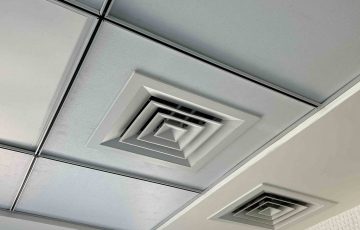Cold Ceilings + Fresh Air Units
New Era HVAC in the Middle East
Underfloor Cooling + Solid Hardwood
Most Comfortable and Ecological Cooling Ever

First Is Radiant Cold Surfaces
Our radiant cold surfaces provide a natural and highly efficient way to cool your space. Cold ceilings act as the primary cooling source, covering large areas and allowing cool air to gently descend through natural convection. Cold walls create a thermal barrier, preventing heat from entering while contributing to an even temperature throughout the room. Cold floors enhance cooling in spaces with high ceilings or open designs, ensuring consistent comfort. Instead of forcing cold air into the space, our system absorbs excess heat, delivering a silent, draft-free, and energy-efficient cooling experience perfectly suited for the Middle East. Learn more>
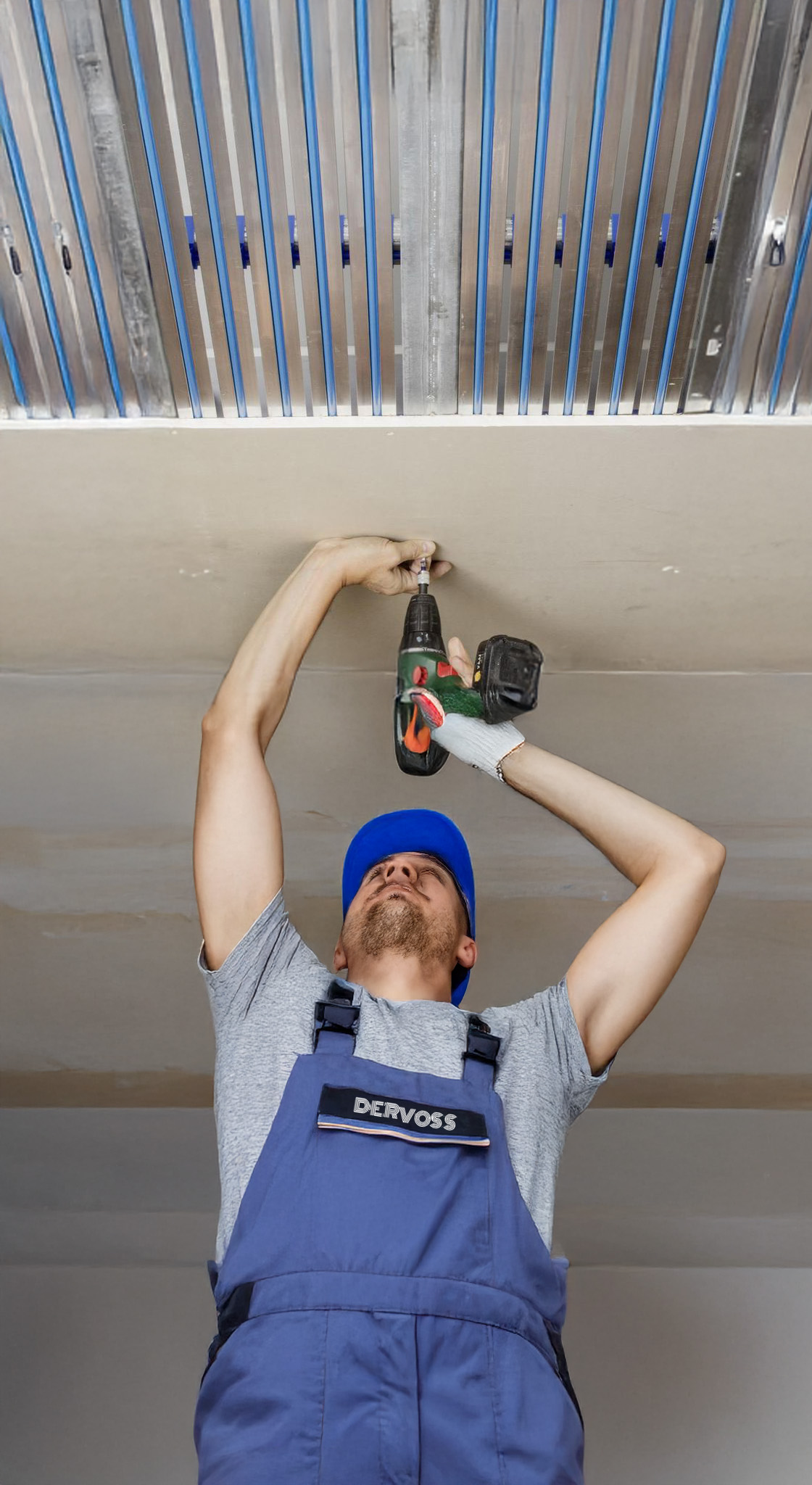
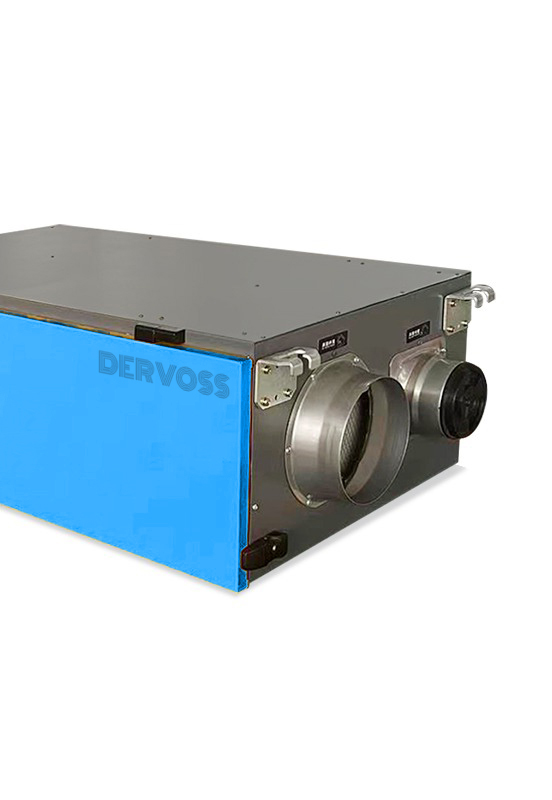
Second Is Air Treatment
Air treatment is an essential part of our cooling system, ensuring the highest air quality while maintaining above dew point conditions. Our Fresh Air Treatment Unit (FATU) not only filters and sterilizes the air but also delivers fresh, cooled outdoor air, even in extreme heat environment. The Air Treatment Unit (ATU) circulates and conditions indoor air, keeping it clean and free from pollutants. The Dehumidification Unit (DU) maintains ideal humidity levels, preventing mold, bacteria, and discomfort. Together, these units create a healthier, fresher environment without the noise and dryness of traditional air conditioning, ensuring continuous comfort and well-being. Learn more>
Third Is Smart Control
Our intelligent climate management system ensures seamless management of your cooling environment, providing precision, efficiency, and ease of use. Designed to adapt in real-time, it continuously monitors temperature, humidity, and air quality, making automatic adjustments to maintain optimal comfort. With an intuitive user interface, you can easily control your climate through a sleek wall-mounted panel or a mobile app, whether at home or away.
Advanced algorithms prevent temperature fluctuations, optimize energy consumption, and ensure the system operates at peak efficiency, while remote monitoring gives you complete control from anywhere. With Smart Control, your space stays perfectly cool, fresh, and comfortable without any effort. Learn more>
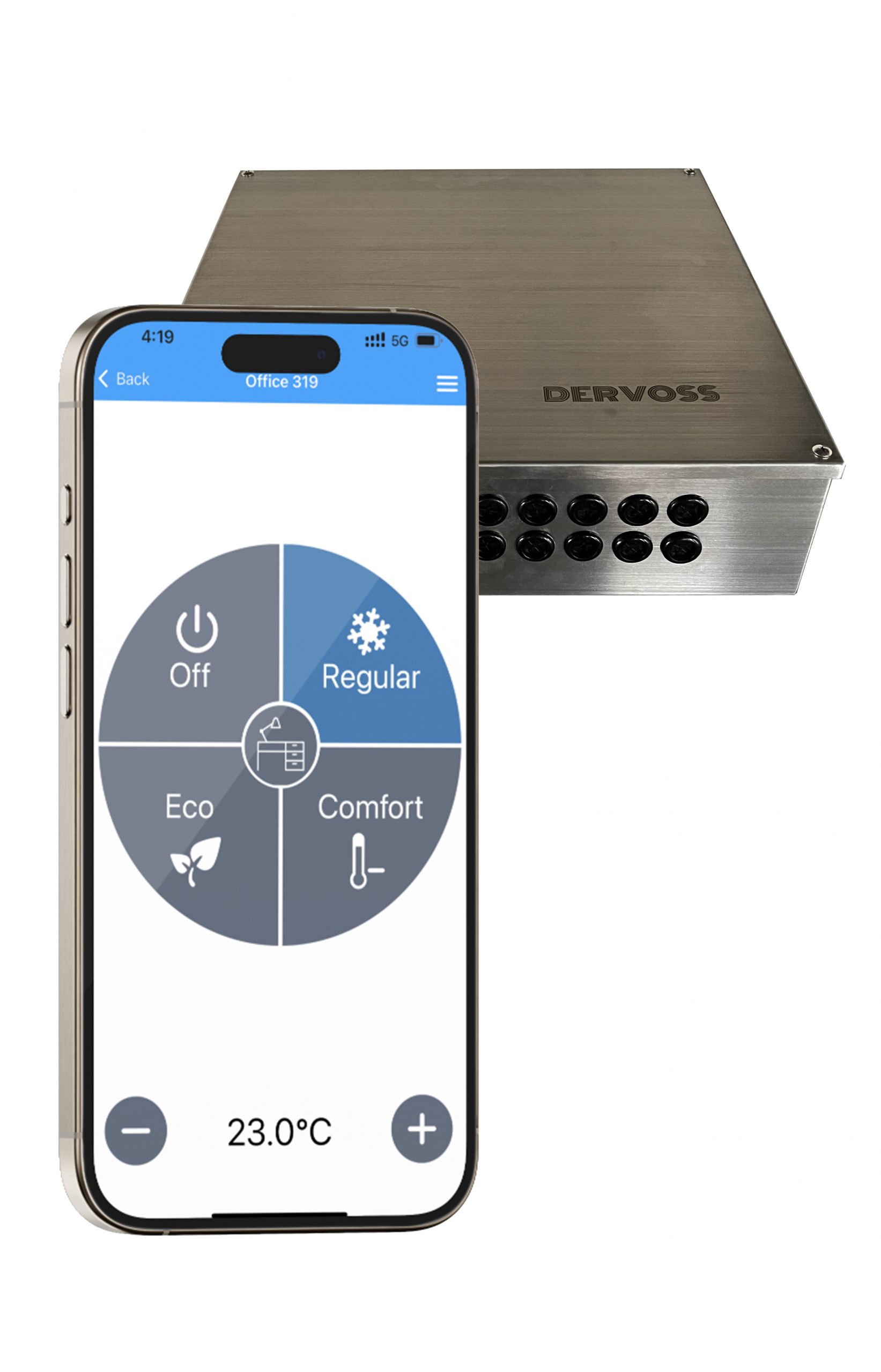
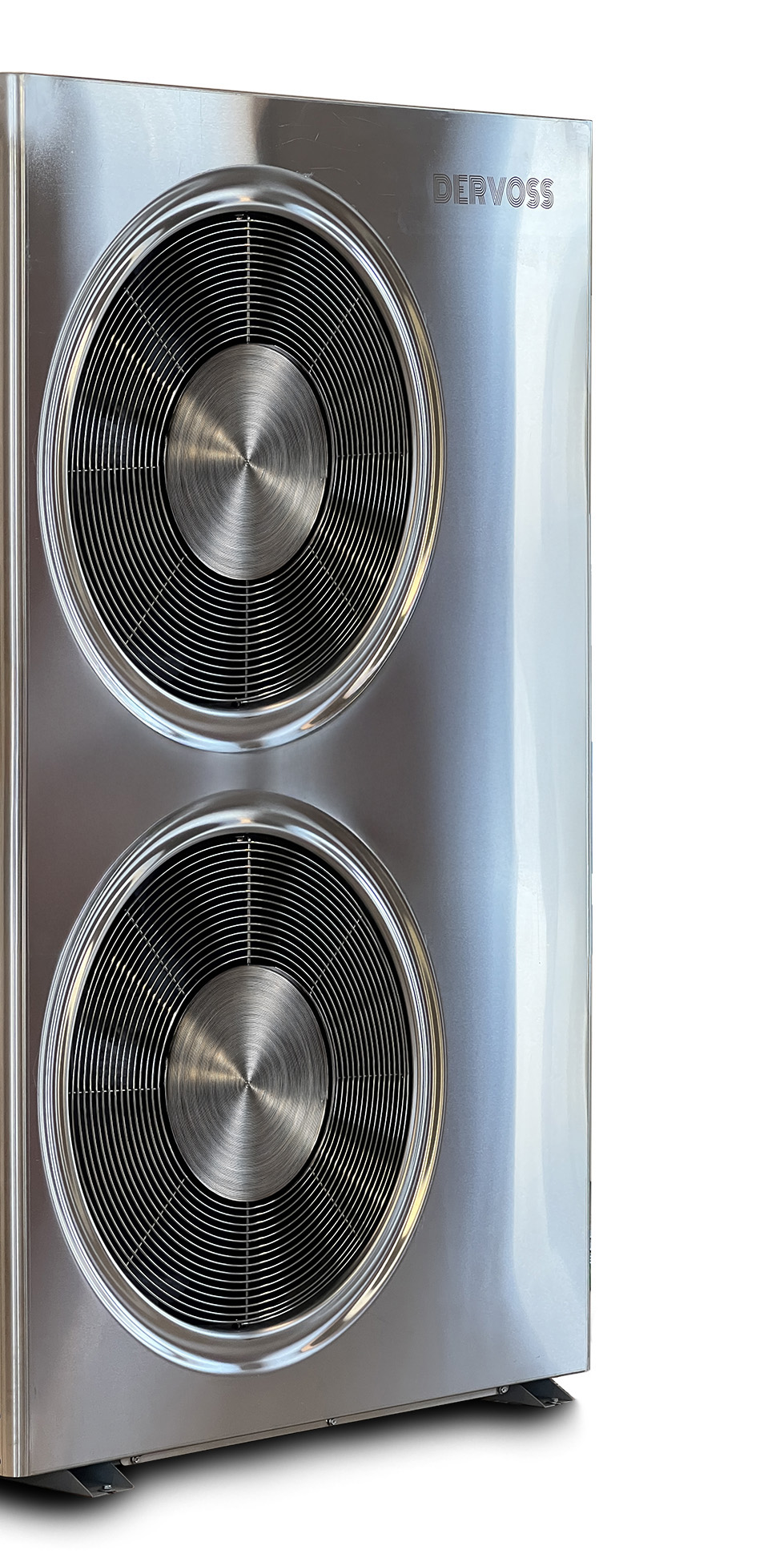
Fourth Is Chilled Water
Our hydronic systems use chilled water as the foundation of efficient and sustainable cooling. Whether the water is cooled on-site with high-performance chillers (EER>4.0) or supplied by the city through a heat exchanger, our closed-loop systems ensure continuous circulation without waste. This approach maximizes energy efficiency, reduces environmental impact, and delivers consistent, comfortable cooling tailored for the demands of the Middle Eastern climate. Learn more>
As a Result

No Air Movement
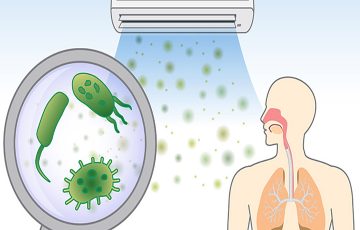
Healthy Environment

Noise Free

Sustainable and Efficient
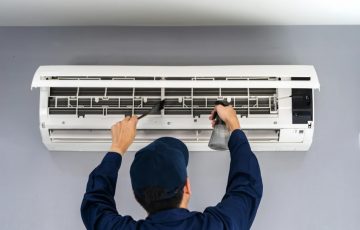
Maintenance-free
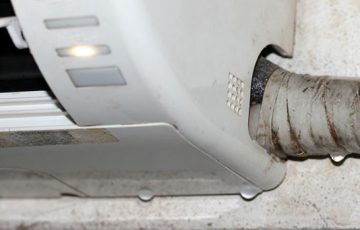
No Water Drain
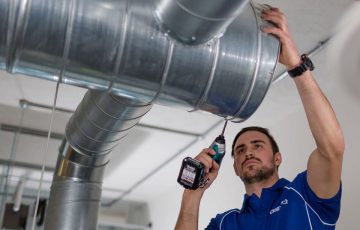
Space Saving
